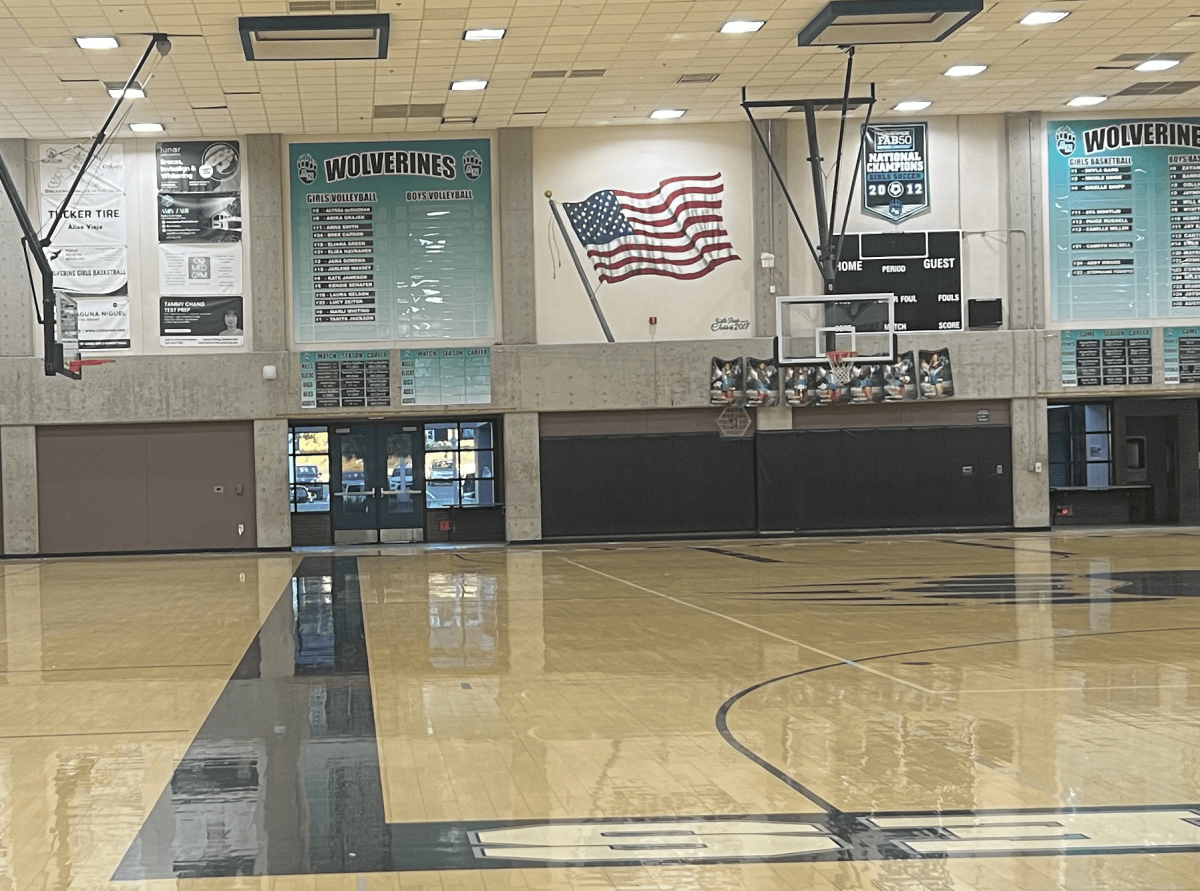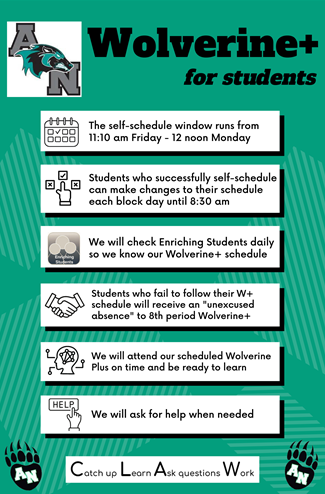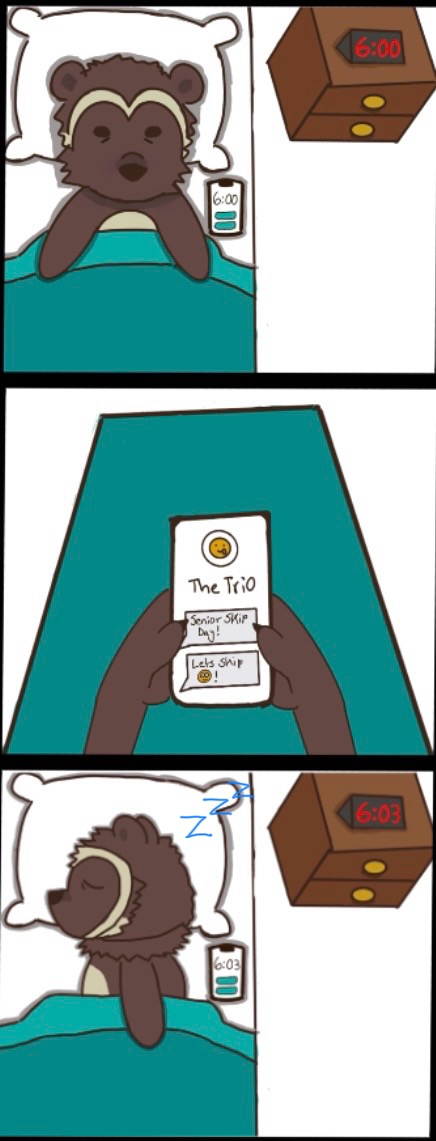Complaints about how cold or hot classrooms feel are not uncommon at Aliso Niguel. These complaints might seem insignificant, but evidence shows that the temperatures of working environments can affect the performance of students and workers. The question arises of whether Aliso Niguel is handling its classrooms’ temperatures properly in a way that enables the best academic performance of students on campus.
Certain studies have shown that thermal discomfort can affect a student’s cognitive abilities. A doctorate holder in physiology at the University of Ottawa and a participant in a University Research Chair in Human Environmental Physiology, Dr. Glen Kenny warned against the general dangers of extreme heat, but he has additionally observed that even mildly hot temperatures have a large effect on humans by reducing neural processing activity and impairing memory.
Another study from the American Economic Association conducted a study measuring students’ learning and test scores at different times of the year depending on temperature. The study concluded that students are most often affected on hot days without air conditioning days, and that for every additional one degree Fahrenheit, learning went down by one percent; AC mitigates these effects.
Although most studies discuss how heat affects students’ learning because it is a more common problem than the cold, it is important to note that extreme temperatures on either side of the thermometer can negatively impact a student’s ability to learn properly.
There is no consensus on what the ideal temperature for a learning environment is, but the level that is most generally agreed upon falls between 68-74 degrees Fahrenheit.
At Aliso Niguel, classroom temperatures are set differently depending on the building they reside. Most classrooms can control their own temperature. But halls 100-500 get paired up to have one classroom control the temperature for both. This was part of the initial design of the school’s AC system.
Temperature is controlled between a range of 70-74 degrees Fahrenheit by the school district, and oftentimes, classrooms fall on the lower end of this range, still within the ideal range of 68-74 degrees Fahrenheit.
Despite this, several factors leading to thermal discomfort can be observed. Indeed, based on a classroom’s position, certain classrooms may be more susceptible to heating up, which causes unequal temperatures in each classroom.
This is the case for the English teacher, Mr. Cox’s classroom in Room 102, as his classroom has doors directly leading to the outside of the school rather than to a hallway. His position lets warm air and sunlight in, heating the classroom more quickly. To compensate for the heat, the AC works harder for Mr Cox’s classroom, but also for the paired-up classroom, which becomes much colder.
Another issue is the faulty thermostat that does not reflect the actual temperature.
Mr. Cox said, “A year ago, I think, I pushed [the thermostat] up a little bit, and it got sweltering. It was [moved] like two degrees, and it just didn’t work, so something is wrong with the thermostat.”
This issue has limited Mr. Cox’s choice over the range of temperature and forced a compromise of keeping the classroom colder in order to avoid worse discomfort in the heat.
The school’s AC system performance can also be a cause of heat stress. Mr. Silberman, a science teacher in Room 705, explained that the 700 building shares one big AC unit that frequently has problems.
He said, “If there is an issue in another building, it’s only between two classrooms, so they can more easily fix that one unit, whereas [the 700 hall has] one giant unit, and so if there is a problem in one classroom, there’s a problem with a bunch of classes.”
Although Mr. Silberman and Mr. Cox have not been able to observe a direct correlation between academic performance and temperature, they have both stated that cooler temperatures have encouraged focused engagement by keeping students awake and alert.
Aliso Niguel’s classrooms generally manage to fall between ideal temperatures for learning, allowing for better academic performance, but there are still some issues with the maintenance of the AC systems that can be improved to maintain the temperatures with minimal issues.










